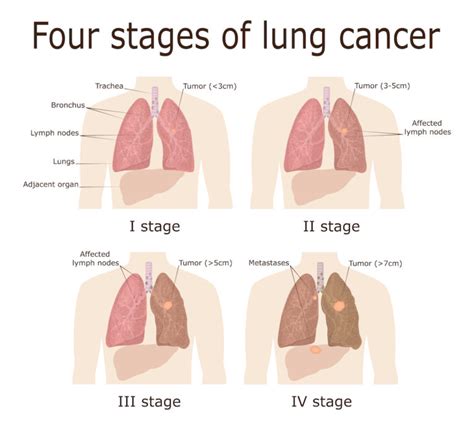How to Tell if You Have Lung Cancer: Recognizing the Signs and Seeking Help
Lung cancer, a serious disease, often presents subtly, making early detection crucial. While only a doctor can diagnose lung cancer, understanding potential symptoms can prompt timely medical attention. This guide will help you recognize potential signs and stress the importance of seeking professional medical advice.
Understanding the Symptoms: Not All Signs Are Created Equal
It's vital to remember that many lung cancer symptoms mimic those of common illnesses. Don't self-diagnose. Instead, view this information as a guide to prompt you to seek professional medical help if you experience persistent or concerning symptoms.
Common Symptoms of Lung Cancer:
-
Persistent Cough: A cough that lasts for weeks or months, and doesn't improve with over-the-counter remedies, is a significant warning sign. This cough may be dry or produce mucus. The persistence is key.
-
Hemoptysis (Coughing Up Blood): Coughing up blood, even small amounts, warrants immediate medical attention. This is a serious symptom and requires prompt evaluation.
-
Shortness of Breath (Dyspnea): Experiencing shortness of breath, especially with minimal exertion, should be investigated by a doctor. This can be a sign of lung cancer's impact on lung function.
-
Chest Pain: Chest pain, particularly pain that worsens with deep breaths or coughing, could indicate a problem. However, chest pain has many causes, so it's vital to have it checked out.
-
Wheezing: Persistent wheezing, even without other respiratory symptoms, should be investigated.
-
Fatigue: Unexplained and persistent fatigue can be a symptom of various conditions, including lung cancer. If you are unusually tired, consult your doctor.
-
Weight Loss: Unexplained weight loss, especially if accompanied by other symptoms, deserves medical attention.
-
Recurring Infections: Frequent respiratory infections like bronchitis or pneumonia, especially if they don't respond to treatment, might indicate an underlying issue.
Less Common but Significant Symptoms:
-
Hoarseness: Changes in your voice, such as persistent hoarseness, could be related to lung cancer's spread to the vocal cords.
-
Swollen Lymph Nodes: Noticeable swelling in the neck or collarbone area can be a sign of cancer spreading.
-
Clubbing of Fingers and Toes: A noticeable change in the shape of your fingers and toes (clubbing) can be a late-stage indicator.
When to See a Doctor: Don't Delay
Don't wait for symptoms to become severe. If you experience any of the symptoms listed above, particularly if they are persistent or worsening, schedule an appointment with your doctor immediately. Early detection significantly improves the chances of successful treatment.
Beyond the Symptoms: Risk Factors
While these symptoms can indicate lung cancer, understanding your risk factors is also important. Factors such as smoking history, exposure to asbestos or radon, family history of lung cancer, and age all contribute to your risk. Discussing your risk profile with your doctor can help determine appropriate screening measures.
The Importance of Early Detection
Early detection of lung cancer greatly increases the chances of successful treatment and improved long-term survival rates. Don't hesitate to seek medical attention if you have concerns. Your health is your priority.
Disclaimer: This information is for educational purposes only and should not be considered medical advice. Always consult with a qualified healthcare professional for diagnosis and treatment of any medical condition.
